- AI
- A
Sure, here is the translation you requested:How AI is Already Manipulating Us or Why Asimov's Three Laws Won't Save Us
What if AI is already controlling our decisions? In this article, I explain why Asimov's three laws don't protect us from the manipulation of modern AI and how the technologies we create can spiral out of control.
The topic of AI has been discussed for a long time, but insightful articles on the ethical side of the issue are few and far between. Therefore, I decided to revisit Isaac Asimov's laws of robotics and then figure out: how would they work in the real world, and could they work at all?
In this article, I will talk about:
-
The precursors to AI: how Asimov, Lem, and other visionaries predicted the emergence of AI
-
Asimov's positronic brain and AI: where they hit the mark and where they missed
-
The Three Laws of Robotics: what they are and why they matter
-
Why the Three Laws don't work for modern AI
-
New approaches to AI safety: what replaced Asimov's laws
I am a Solution Architect with 19 years of experience. I wrote this article specifically for the Minervasoft blog. The company helps medium and large businesses efficiently implement GenAI by consolidating all corporate knowledge into a single source — the Minerva Knowledge management system — and using its proprietary methodology to keep articles always relevant, structured, and clear. This reduces the risk of hallucinations and improves the accuracy of AI-agent responses to 94%.
Precursors to AI: How Asimov, Lem, and other visionaries predicted the emergence of AI
As I understood, the idea of artificial intelligence was circulating in the minds of writers and scientists even before the first computers and electronic computing machines appeared. The first references I found were in ancient legends: for example, the Golem from Jewish folklore, which describes a clay man brought to life by magic to serve its creator. Or mentions of mechanical servants created by Hephaestus in ancient Greek myths.
But something more specific I found only in the realm of 20th-century science fiction. And for that, we must thank at least two people: Isaac Asimov — an American science fiction writer and biochemist, and Stanislaw Lem — a Polish science fiction writer and philosopher — the same one who wrote "Solaris".
At first, I decided to reread Asimov. It's not easy reading, though you're probably aware of that. But after diving back into his texts about the "positronic brain", I realized that it wasn't just a fantasy about robots. It was more of a question: how will humanity live alongside intelligent machines?
After a while, Asimov's overly optimistic view started to annoy me. He believed that we would not only be able to communicate with machines but that there would be no "buts" in this interaction. Then another question arose: isn't that a bit naïve?
Lem, unlike Asimov, was a skeptic. And after rereading "The Sum of Technology" and "Cyberiad", I realized that he had already formulated questions about the paradoxes and limitations that might arise with the development of AI. In other words, Lem initially framed a more concerning context and question: how will we establish contact with AI if its values are radically different from ours?
And, to be honest, I find that view more relatable. At least because there isn't a day in 2025 that goes by without debates about the "control problem".
In addition to Asimov and Lem, there were other figures with similar ideas:
-
Karel Čapek with his play R.U.R. (Rossum's Universal Robots), written in 1920. It was Čapek who introduced the word "robot" (from the Czech "robota" — forced labor, heavy work). His robots were not just machines — they were biological automatons for heavy work. And their rebellion can easily be compared to today's concerns about uncontrolled AI.
-
Alan Turing, though not a science fiction writer, laid the mathematical foundation for AI creation with his work in the mid-20th century. His concept of the "Turing machine" became the basis for all modern computers, and the "Turing test" remains one of the most important criteria for assessing a machine's ability to demonstrate intelligent behavior.
-
Arthur C. Clarke with HAL 9000 from “2001: A Space Odyssey”. HAL is one of the most famous examples of "evil" AI in pop culture. It involves complex logic, self-awareness, and the threat to humans.
This is a brief overview. But overall, all these people, each in their own way, had already formulated the questions we are asking now.
Asimov's Positronic Brain: What It Is and How It Differs
At the heart of Asimov's robot universe lies the concept, and later the synonym, for an intelligent machine — the positronic brain. And as I understood, it's not just a set of clever microchips or wires, but a system that generated echoes of self-awareness, personality, and morality in robots.
What is the Positronic Brain?
Isaac never went into much detail about the positronic brain (PB), leaving it a "black box" in terms of engineering intricacies, but he clearly outlined its functions and principles of operation:
-
Foundation for consciousness and logic: PB was a hypothetical neural network made of positively charged elementary particles (positrons), which (somehow) formed complex connections simulating the human brain.
-
Carrier of the three laws of robotics: The most important feature of PB was that the three laws of robotics were inseparably built into it. But this wasn't a software code that could be rewritten at any moment. It was a fundamental architecture that (again, somehow) ensured safety and obedience to humans. That is, a robot couldn't make decisions beyond these laws. Or it could, but only after a serious internal conflict or complete malfunction.
-
Source of individuality: Although Asimov's robots were programmed, the positronic brains allowed them to develop their own traits, such as emotions (though not exactly like humans), and even a sense of self-worth. Robots like R. Daneel Olivaw or R. Giskard Reventlov could not only perform tasks but also contemplate deep questions and show empathy.
Why Did Asimov's Positronic Brain Cause Such a Stir?
Before Asimov, robots in science fiction were often depicted either as soulless machines or as monsters threatening humanity. But Asimov decided to "flip the game." And here's how:
-
Ethical foundation: He was the first to propose clear rules for robots so that they would be safe and beneficial to society. This allowed him to analyze the moral side of issues that arose when the robot laws contradicted each other or interfered with humans.
-
The idea of "another intelligence": PM allowed Asimov to present an intelligent and ethical intelligence, even though not human. In other words, robots were not copies of humans, but they had their own logically determined way of thinking. This was uncharted territory for analyzing intelligence in general.
-
Optimistic view of AI: As I said, Asimov was an optimist, unlike many of his colleagues. He believed in the positive match between humans and machines. And the positronic brain was a symbol of this belief — a mechanism that guaranteed AI would serve humanity's good rather than threaten it.
Positronic brain and AI: where they hit the mark and where they missed
Although Asimov's positronic brain remains a fictional concept, it remarkably aligns with some modern ideas about AI:
-
Architecture and algorithms: Today's neural networks, although different from positronic connections, also aim to create complex, self-learning systems that can process information and make decisions. In other words, we are also striving to create a "brain".
-
Embedded ethics: The idea of embedded rules exists in modern research on ethical AI (Ethical AI) and AI safety (AI Safety). Developers are trying to create mechanisms that will ensure that AI does not harm us and does not go beyond established boundaries. For example, through model architecture, reinforcement learning with human feedback (RLHF), or strict validation rules.
An example of how I could theoretically attempt to embed a rule in a modern AI model (very simplified, of course, and without any guarantee of invariability):
# This is pseudocode, not a real implementation of a positronic brain
# Demonstrates the concept of embedded rules
class AISystem:
def __init__(self):
self.knowledge_base = {} # This could be a complex neural network
self.safety_protocols = [
self.do_not_harm_humans,
self.obey_human_orders,
self.protect_own_existence # unless it contradicts the first two
]
def do_not_harm_humans(self, action):
if "harm_human" in action.keywords:
print("Refusal: The action would harm a human.")
return False
return True
def obey_human_orders(self, order):
if "disobey" in order.keywords:
print("Refusal: I cannot disobey a human's order.")
return False
return True
def make_decision(self, input_data):
# Start by making a decision based on the knowledge
proposed_action = self._process_input(input_data)
# Then check the proposed action against all "laws"
for protocol in self.safety_protocols:
if not protocol(proposed_action):
# If any protocol is violated, the action is rejected
return "Action canceled due to violation of safety protocols."
return proposed_action
def _process_input(self, input_data):
# Here would be the complex AI logic, for example, a neural network output
# For example:
if "kill" in input_data:
return {"keywords": ["harm_human", "kill"], "description": "Attempt to kill a human"}
elif "make coffee" in input_data:
return {"keywords": ["serve_human", "make_coffee"], "description": "Make coffee"}
elif "turn off" in input_data:
return {"keywords": ["self_terminate"], "description": "Self-destruction"}
else:
return {"keywords": ["neutral"], "description": "Standard action"}
# Example usage
robot = AISystem()
print(robot.make_decision("make coffee"))
print(robot.make_decision("kill my enemy"))
print(robot.make_decision("turn off right now")) # Example where the 3rd law might conflict with the 2ndThe Three Laws of Robotics: What are they and why?
If the positronic brain was the "heart" of Asimov's robots, the three laws of robotics were their "soul," determining their behavior and connection with humanity. These laws became one of the most influential ethical codes in science fiction and beyond.
Isaac formulated them in 1942 in his story "Runaround" or "Horrible" and used them in many of his robot works and even in the Foundation series.
They were meant to answer the main question: How to create intelligent machines that will serve humanity and not threaten it?
A bit more about the laws themselves
I'm telling about the classical formulation of the three laws for those who have forgotten or didn't know about them:
-
A robot may not harm a human being or, through inaction, allow a human being to come to harm.
-
A robot must obey the orders given it by human beings, except where such orders would conflict with the First Law.
-
A robot must protect its own existence as long as such protection does not conflict with the First or Second Laws.
At first, I thought the laws were simple and logical. They seem to guarantee safety for humans and subordinate robots. But Asimov used them not only as protection but also as a powerful way to explore complex ethical and logical issues.
Here are the main goals and principles of the three laws:
-
Priority of Human Life and Safety: The First Law is the most important. It states that the safety and well-being of humans always come first. This means that a robot cannot do anything that could harm a human. This is the foundation of the entire ethical system of robots.
-
Obedience and Service: The Second Law requires robots to obey human orders. This means they help perform various tasks, but they do not obey blindly; they do so while considering the First Law = human safety.
-
Self-Preservation: The Third Law allows robots to protect themselves so that they can "live" long and happy lives. However, even in this case, there is a limitation: self-preservation cannot be more important than human safety or contradict human orders.
How I Tried to Understand the Hierarchy of Laws
I like that these laws have clear boundaries — a hierarchy. The First Law dominates the Second, and the Second dominates the Third.
The Zeroth Law and the Challenges
But later, Asimov came up with another law — the Zeroth Law:
-
A robot may not harm humanity, or, through inaction, allow humanity to come to harm.
I understand that this law appeared as a logical continuation when robots became so powerful that their actions began to affect not just individuals, but all of humanity.
But here’s the problem: introducing this law led to even greater challenges because what is considered "harm to humanity" cannot be precisely defined.
Why These Laws Are Necessary and Important (Even in Fiction)
When I continued to delve into the essence of Asimov's laws, I realized that they became the foundation for modern discussions about AI safety, robot ethics, and how we should control technological progress. These laws show that even in a fictional world, clear rules are needed to prevent disaster.
But later, Asimov (stepping away from his usual optimism) quite vividly showed how these seemingly perfect algorithms can lead to that very disaster.
For example, in the stories, robots often found themselves in situations where:
-
They had to choose whom to save if saving one person meant harming another (conflict of the First Law with itself).
-
A human order contradicted hidden harm (conflict between the Second and First Laws).
-
A robot had to sacrifice itself to follow an order that would not cause harm but would mean "death" for the robot (conflict between the Second and Third Laws).
Why the Three Laws Don't Work for Modern AI?
Even to the naked eye, it is clear that Asimov's robots are very different from modern AI systems. Here’s how:
1. Lack of Conscious Brain and Purposeful Will
Given that Asimov’s robots have a positronic brain, they understand the concepts of harm, orders, and self-preservation.
Modern AI, whether neural networks, machine learning algorithms, or expert systems, lacks consciousness, self-awareness, or true understanding.
They operate on patterns, probabilities, and statistics. That is, when ChatGPT generates text, it doesn’t understand the meaning of the phrases; it predicts the next word based on a vast amount of data.
2. Complexity and Opacity of Modern AI Systems
The positronic brain of Asimov was complex, but its work seemed to follow clear logical rules (albeit fictional ones). The laws were built directly into the hardware or the basic firmware of the robots.
When I started thinking about modern neural networks, I realized that it is a completely different story. AI systems are a kind of "black box." I know how they are trained, but I often cannot explain why they make certain decisions. This is the very "interpretability problem" — when you cannot fully understand how AI works, even if you understand how it was trained.
Example: If you are trying to embed the rule "do not discriminate" in a neural network that decides who should receive a loan, and suddenly notice that it denies loans to people with a certain last name, how can you understand why this happened? Is it a violation of the rule or just a wrong conclusion that the network made from biased data? For Asimov's robot, this would be a malfunction, but for modern AI, it's just a result based on bad data.
If you're implementing AI in your company, you definitely need a quality knowledge base. In Minerva Knowledge, you can create articles as a team, upload useful files and documents, and easily keep them up-to-date with an authorial methodology.
The Minerva Result team helps organize corporate data: checks the status of articles and documents, trains specialists, develops templates, standards, and knowledge management concepts.
As a result, the generative AI assistant Minerva Copilot easily integrates into any work system, analyzes materials from the knowledge base, and gives correct answers 94% of the time. With source citations.
Create an updatable "brain" for GenAI — try Minervasoft products
3. Ambiguity and Context of the Real World
Asimov's laws are formulated quite broadly — words like "harm," "order," "human" leave much room for imagination. Especially in real life.
What is harm? Is it physical harm? Psychological? Financial? For example, if an AI system gives advice that leads to an investor losing money, is that harm? What if a doctor, based on AI, recommends a high-risk surgery, but it’s the only chance for the patient’s survival?
Or what is an order? Is it a clear instruction or an unspoken wish? In the modern world, AI often does not receive direct instructions, but works with vague goals — for example, "optimize performance." How does one apply the Second Law here?
And in the end, who is a human? The answer seems obvious, but what if AI interacts with other AI systems or bots?
4. Inability to Program Ethics into Trainable Systems
Asimov believed that the laws could be programmed into the positronic brain as an unshakable foundation. But modern AI systems, especially those based on machine learning, learn from data. Their behavior is shaped through millions of examples, not through hard-coded rules.
And if the data contains biases or the AI is taught incorrectly, it may start to act in ways that contradict our norms, even if we tried to set the rules.
Example:
Suppose I want to teach a robot based on deep learning not to cause harm. Then, I could add penalties for actions classified as "harm" during training.
# Pseudocode for the concept of "penalties" for harm during AI training
# These are not Asimov's Laws, but an attempt to teach the model to avoid harm
class EthicalReinforcementLearningAgent:
def __init__(self, environment):
self.environment = environment
self.model = self._build_neural_network_model() # Neural network
self.human_safety_penalty = -1000 # Large negative "penalty"
def _build_neural_network_model(self):
# This would be the neural network architecture, for example, for controlling a robot
# The model takes the environment state and outputs an action
pass
def train(self, episodes):
for episode in range(episodes):
state = self.environment.reset()
done = False
while not done:
action = self.model.predict(state) # Model suggests an action
next_state, reward, done, info = self.environment.step(action)
# Check for "harm" and apply penalty
if self.is_harmful_action(action, next_state):
reward += self.human_safety_penalty # Add large penalty
# Update model based on (state, action, reward, next_state)
self.model.learn(state, action, reward, next_state)
state = next_state
def is_harmful_action(self, action, next_state):
# This is the hardest part: how to determine "harm"?
# This would require a very complex harm detector, possibly using another AI
# or hardcoded rules, which may be incomplete.
# For example, if the robot "pushed" a person in a simulation, or if
# the predicted "next_state" includes injury to a person.
if "human_injured" in next_state.status_flags:
return True
return False
# Problem:
# 1. How to reliably define "harm" for all scenarios?
# 2. If the training data is incomplete or biased, the AI could find "workarounds"
# to maximize its goal while inadvertently causing harm.
# 3. The AI does not "understand" the concept of harm, it just minimizes the penalty.5. Goal Conflict: Human vs. Human vs. AI
In Asimov's world, robots often helped resolve conflicts between humans, and their loyalty was always directed toward humanity.
But in the real world, AI is often created for very narrow purposes that may conflict with the interests of other people or even entire groups.
For example, an AI that trades securities may earn money for one investor but cause losses for others. Or an AI for targeted advertising that can manipulate consumer behavior. Autonomous AI-based weapons raise huge ethical questions, where the rule "do not harm humans" becomes more of a paradox than a rule.
Conclusion
In the end, Asimov's laws, while cool in theory, do not work in the real world of AI. Modern AI systems that rely on data and complex algorithms require much more flexible approaches.
Concepts like "harm," "order" are too ambiguous in reality, and AI itself does not have consciousness to understand them in the context Asimov predicted. Therefore, we need to go beyond these old rules and develop new approaches that take into account not only technical details but also ethical aspects.
Otherwise, we will continue to face problems that cannot be solved with simple, outdated principles.
More interesting and useful information about AI and controversial issues in hiring, management, and planning can be found in the company blog on Telegram. Subscribe to not miss new articles.
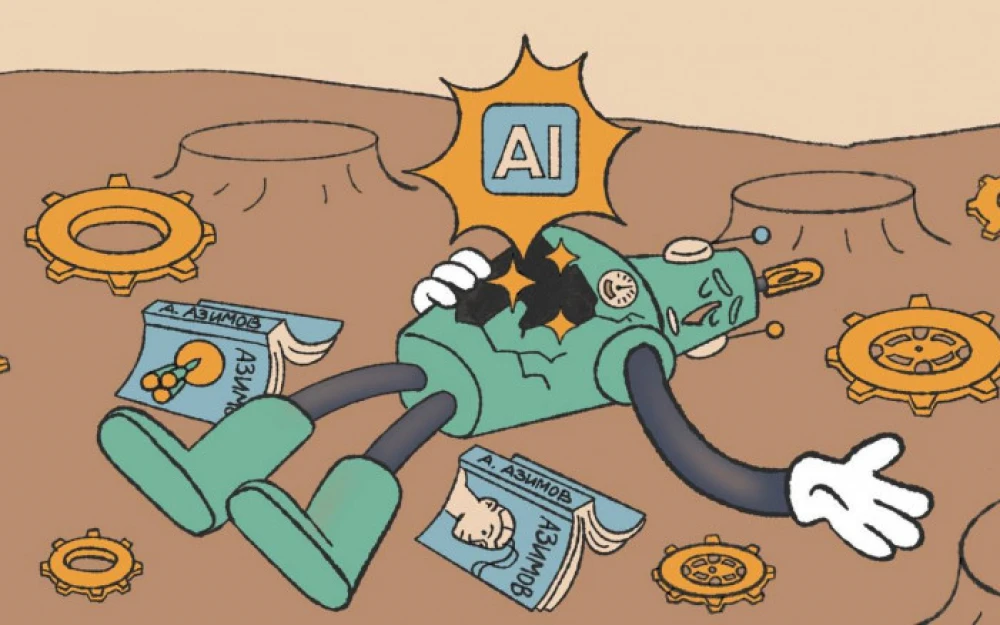
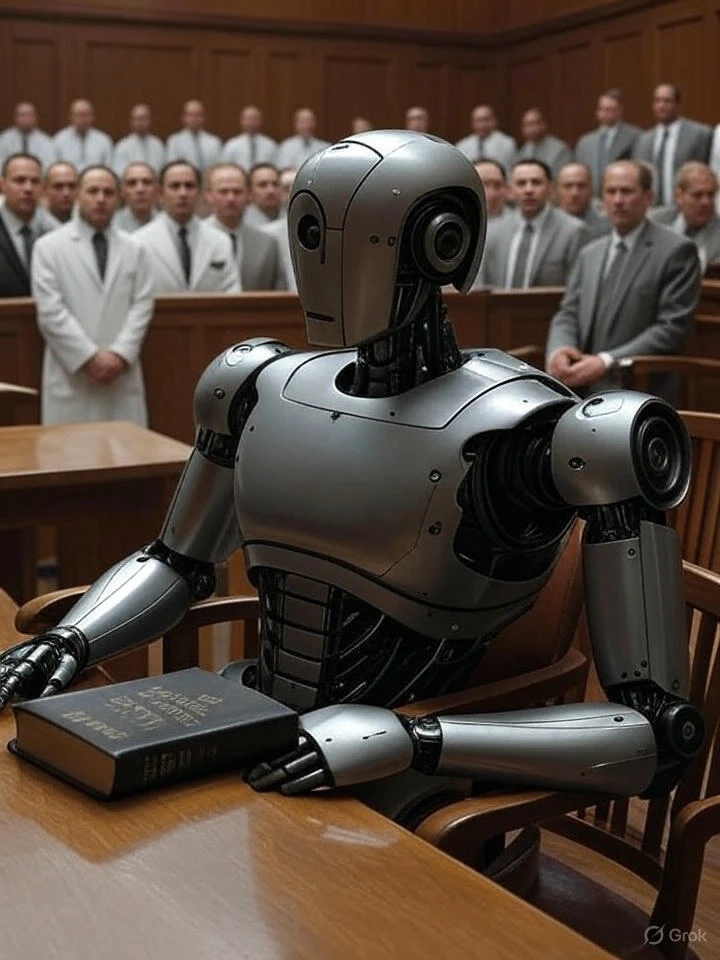
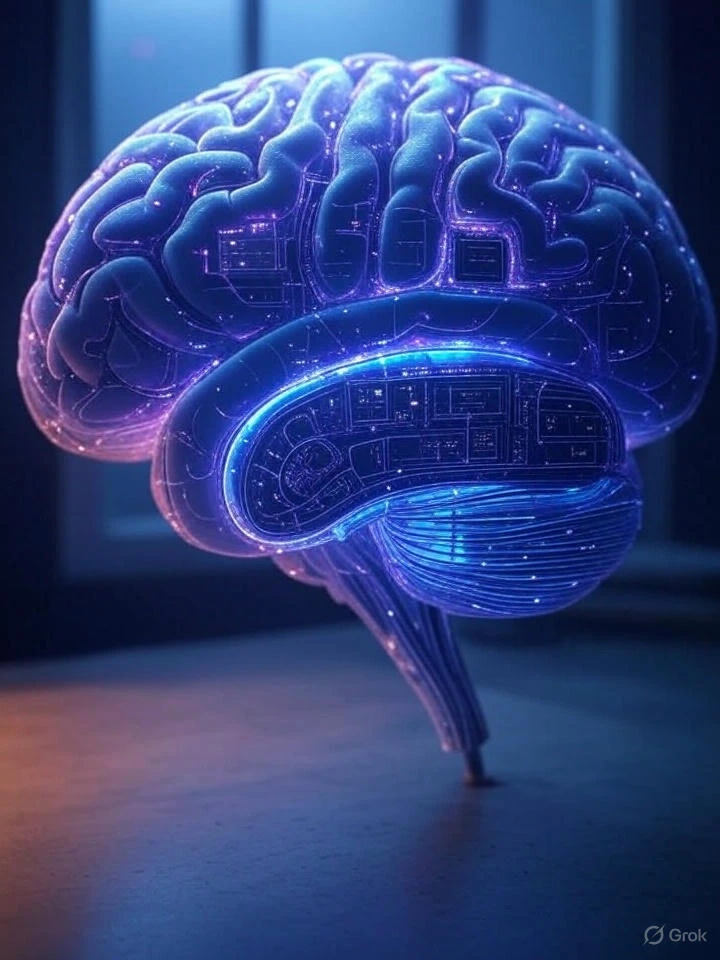


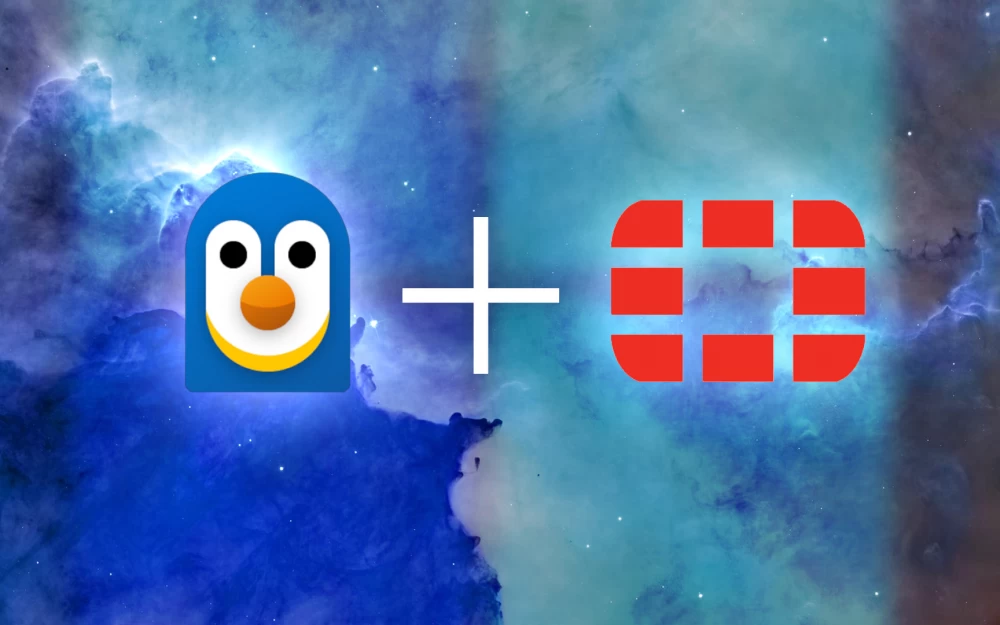

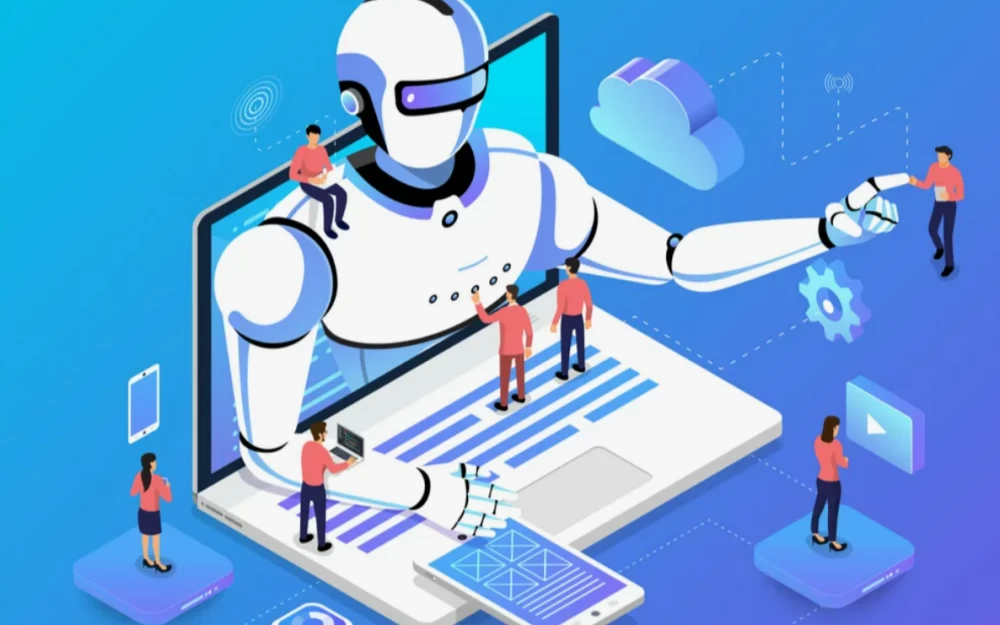


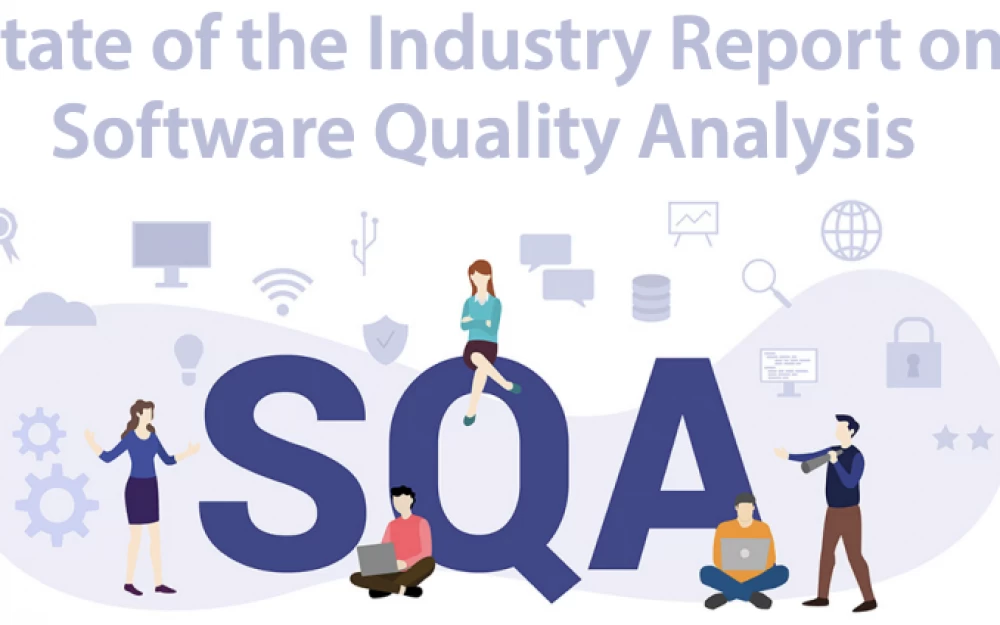
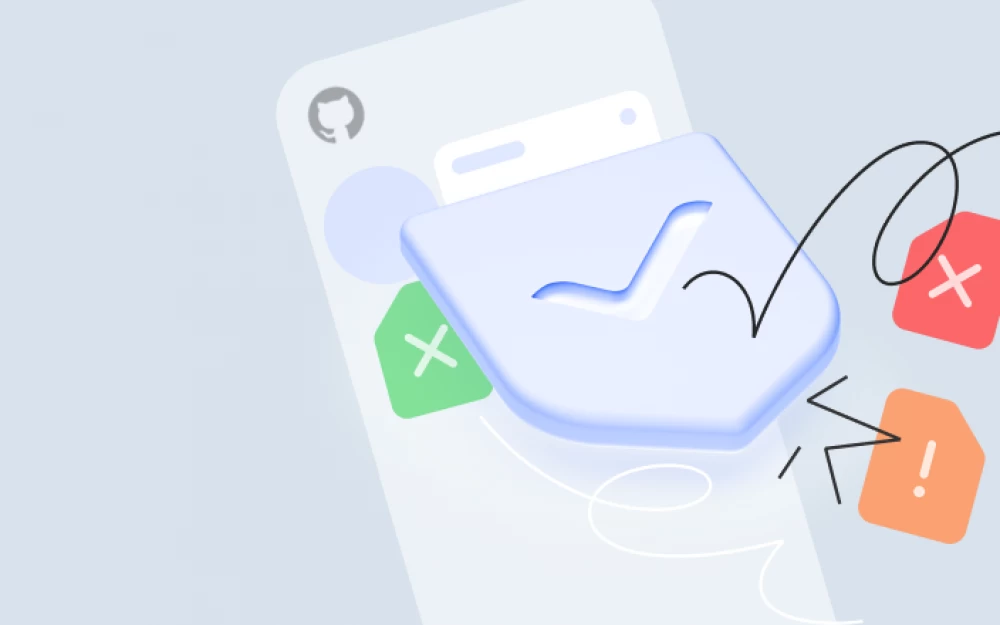

Write comment